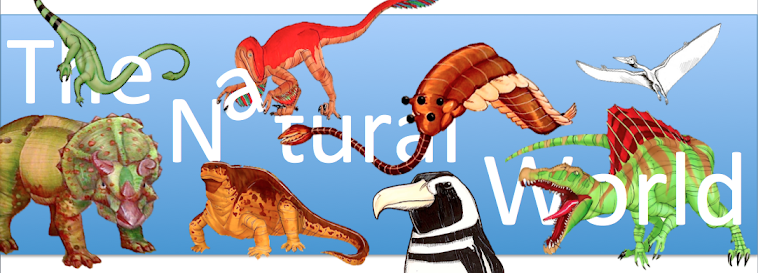One of these constellations is what the Greeks referred to as Aquila or the Eagle. Within Aquila is a line of three stars that is often referred to as the head of the eagle or the head of Aquila, consisting of Altair and the two stars on either side: Alshain and Tarazed. These three stars are in a line that is fairly straight, and has led to many interesting myths.
Another myth is the Coeur d’Alene story of a trio of people running in a race, which is represented by “three stars in a row.” A good candidate for this constellation is the head of Aquila, as Orion’s Belt (a much brighter trio of stars in a row) is thought to have been a bark canoe.
While Altair was an important star for some tribes, for the Klamath of southern Oregon, the star Fomalhaut is more prevalent in their stories. “Kai,” or “Rabbit,” was said to be a star that would appear in the southeastern sky before the sun rose in May and June, and was supposed to be able to “freeze the lake by looking at it.” Fomalhaut, which not only can be seen in the southeast just before dawn in May and June, is also the brightest star in that particular area of the sky, making it a very likely candidate for Kai. Numerous other tribes had stories surrounding Fomalhaut as well, such as the Luiseño, who called Fomalhaut “Nawiwit Chawachwish” and believed that this star was a great chief who “went to the sky” after he died; and the Northern Paiute, whose star “Big Woman,” or “Paba’i-yü-mogo’tni,” also fits the description of Fomalhaut.
Sources:

No comments:
Post a Comment